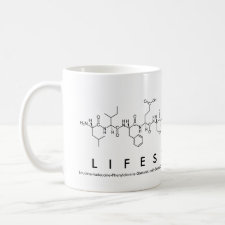
Authors: More VN, Mundhe DG
Article Title: Microextraction techniques in extraction of drugs.
Publication date: 2013
Journal: International Journal of Research in Pharmacy and Chemistry
Volume: 3
Issue: (2)
Page numbers: 330-344.
Alternative URL: http://www.ijrpc.com/files/24-396.pdf
Abstract: This review will attempt to provide an overview as well as a theoretical and practical understanding of the use of microextraction technologies for drug analysis. In many cases only a small fraction of the initial analyte is extracted for analysis. The extraction efficiency is determined by the partitioning of analyte between the sample matrix and the extraction phase. The higher the affinity the analyte has for the extraction phase relative to the sample matrix, the greater the amount of analyte extracted. Microextraction techniques represent an important contribution to the improvement of sample preparation performance, which especially addresses the issues of miniaturization, automation, onsite analysis, and time efficiency. Sample preparation is essential for isolating desired components from complex matrices and greatly influences their reliable and accurate analysis. Solid-phase microextraction (SPME) is a new and effective sample preparation technique. Fibers and capillary tubes coated with an appropriate stationary phase are usually used for SPME, but alternative microextraction techniques are also used.
Template and target information: Review - microextraction techniques
Author keywords: Analyte, affinity, microextraction, SPME, stationary phase



Join the Society for Molecular Imprinting

New items RSS feed
Sign-up for e-mail updates:
Choose between receiving an occasional newsletter or more frequent e-mail alerts.
Click here to go to the sign-up page.
Is your name elemental or peptidic? Enter your name and find out by clicking either of the buttons below!
Other products you may like:
 MIPdatabase
MIPdatabase









